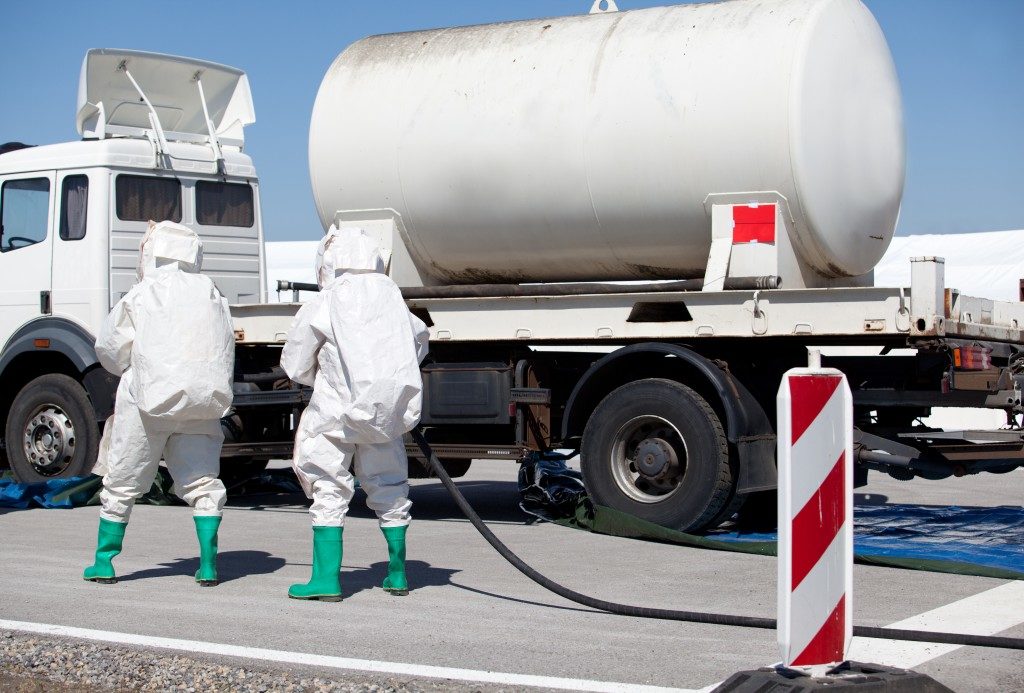Transporting chemicals of any type carries some element of risk to it. It doesn’t matter if the chemical is hazardous—just the possibility of spillage or contamination is enough to merit a loss to the company and damage to both supplier and transport.
However, the majority of our products today always involve some sort of chemical input in order to function. From manufacturing to materials handling, chemicals need to be either involved or transported from one place to another for them to work. Understanding the potential hazards that can arise during this process is key to minimizing accidents.
So what are the common ways that disaster can strike when you’re transporting chemicals? Here are some areas that you should pay attention to:
Environmental reactions
One of the most basic errors when it comes to chemical transport is not accounting for environmental reactions when the materials are being moved. While the facility’s containment units may be enough to keep the chemical from reacting with other chemicals or environments, transport vehicles or containers don’t always take this into account.
This is especially worrisome because many chemicals react when placed in a different environment. Things like heat, motion, and even the size of the container can trigger unexpected reactions. To avoid this, a proper understanding of the chemical being transported, including all the possible reactions it has to the environment around it, is crucial.
Shoddy equipment
For industrial sites, it can be tempting to simply buy the most basic equipment needed to transport the chemicals and nothing more. This is actually fine as long as the material is inert and only needs a container, but it can be disastrous if it’s something delicate that needs to be transported. Faulty equipment or storage facilities can often contaminate the chemical, or worse, fail to hold it at all.
That is why getting high-quality equipment from expert manufacturers (such as Grundfos dosing pumps) can mean the difference between accidents and a normal day at work. Knowing where to get high-quality equipment, along with the knowledge required to operate it, is critical to the success of any facility.
Always have contingencies in place

Finally, the best way to avoid chemical hazards is to consider what happens if an accident does occur and have a contingency plan for it. For example, sealing hazardous materials in two-layered containers during transit is a good way to ensure secure containment, especially if the chemical is corrosive or acidic in nature. Other safety protocols also include dealing with spillage or proper disposal measures in case of accidents.
This is true for both long and short-distance hauls: It’s always important to have some sort of redundancy system in place when it comes to chemical transport. Even for areas inside the facility, having this can make the work progress faster without the fear of accidents occurring.
Proper chemical transport will always account for the potential hazards and their sources. With a combination of good equipment, work protocols, and training, chemical accidents around the workplace or in transit can be avoided.

